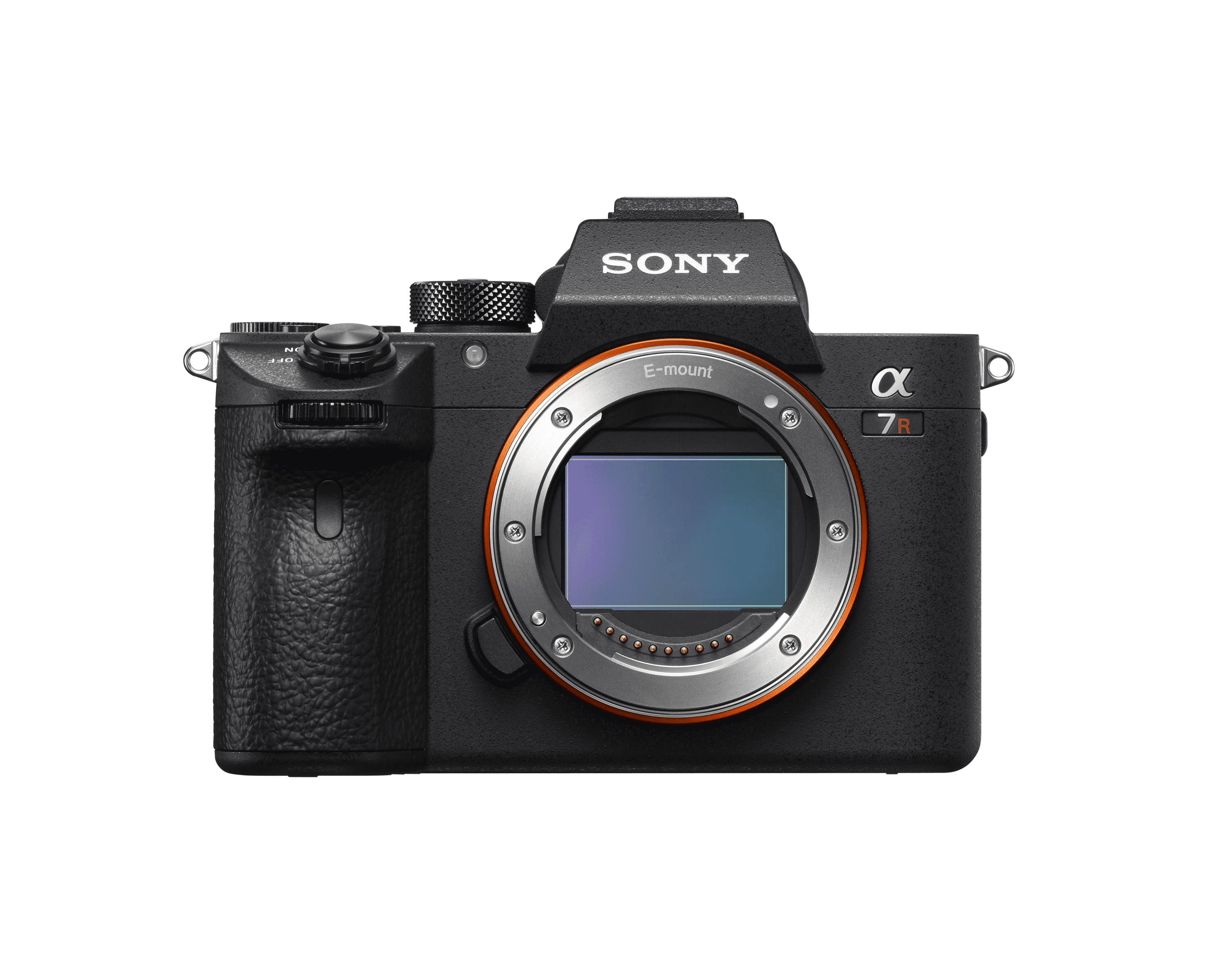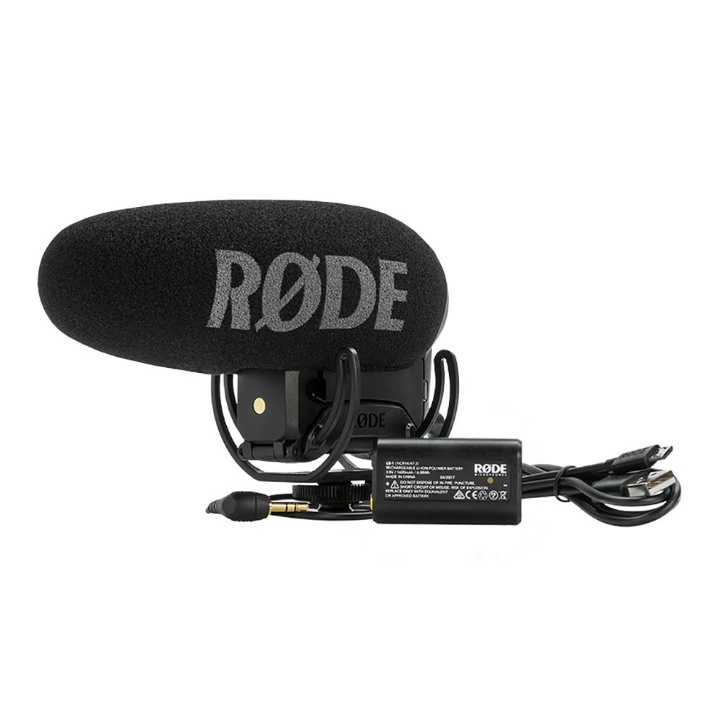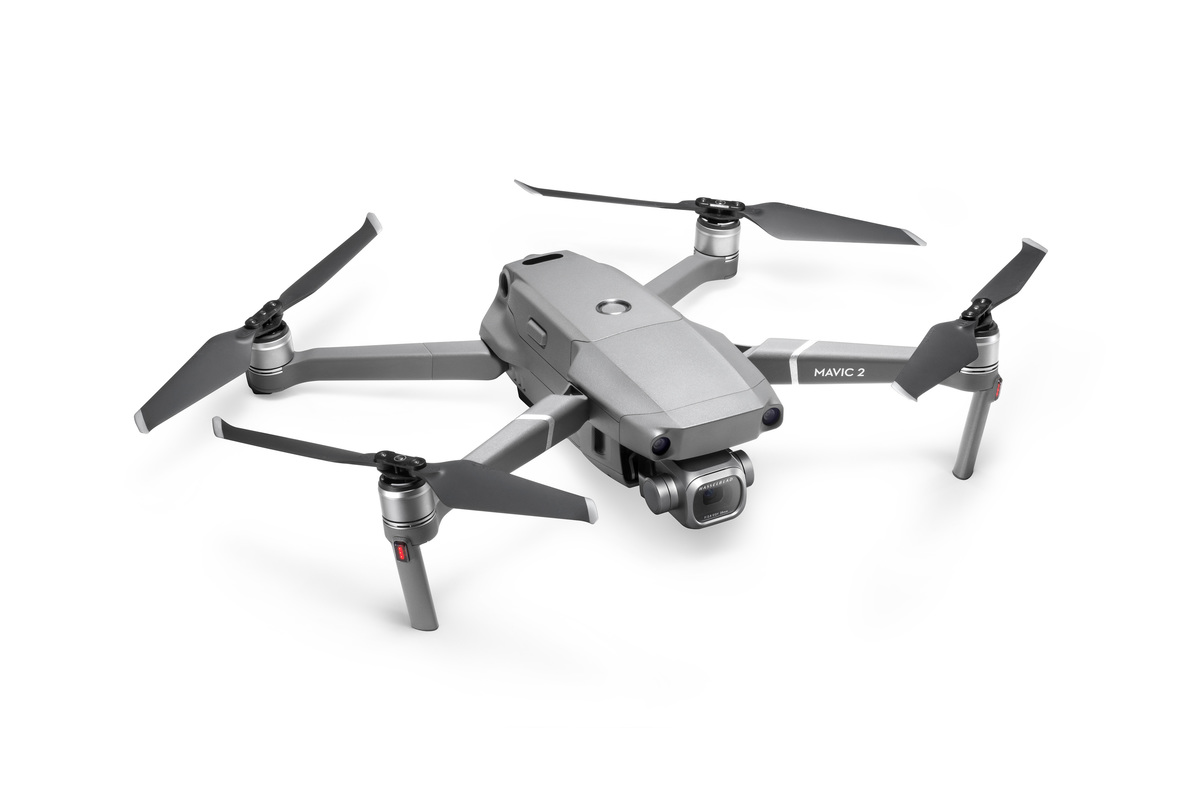The other important challenge is knowing when to turn the camera off and just enjoy the moment. People want to see you having fun on your trip, but they won’t get that if you’re constantly filming and stressing out about the video.
Do you pitch destinations to the brands you work with? Or do they come to you with a location in mind?
KW: Brands usually come with a location in mind, unless [it is] a product (e.g. pair of sunglasses) that they just want you wearing at some point in your video.
What is some gear you can’t live without?
KW: The camera I use is a Sony A7s with a simple 28-70mm lens. The Sony A7s handles low-light so well, which is ideal for filming my travels. Attached to this I have a Rode VideoMic Pro+. I recently upgraded from their Rode VideoMic Go, which didn’t handle wind noise very well at all, this new one is fantastic. I’ve also got a Mavic Pro drone, although the key to drone footage is to use it sparingly, which I think a lot of people forget. Finally, a great piece of kit for any travel to have on them is a USB battery pack. I’ve got one from EC Technology. It’s an absolute lifesaver on the road, especially when staying in hostels where there’s sometimes one plug outlet for 12 people.
How do you choose your next projects/travel locations?
KW: It’s usually determined by what my previous trip was. I like to have variety between trips, so if I’ve just done a very beach-orientated trip, then I’ll head to the mountains, if I’ve just been in lots of cities, I’ll head to the countryside, if I’d just been somewhere very cold I’ll go somewhere very warm.
When you work with brands, how do you balance their aesthetic and sensibility with your own?
KW: If I’m creating a video to go on a brand’s social media channels, not mine, then I can work towards their aesthetic. If I’m creating a video to go on my channel, a good brand will have done their research before approaching me. They’ll know my style of filmmaking and want the same thing for their brand.
What’s the best way to reach you if someone wants to work with you?
KW: Just head to the contact page on my website www.karlwatson.net
What advice would you give to an aspiring travel filmmaker?
KW: First of all, just start filming anything and everything to get practice. Even if it’s with your phone. Secondly, make the video about you. No matter where you go in the world, someone’s probably already shot a really nice location video of that place, but no one’s ever told the story of your individual experience, so make it about you.




